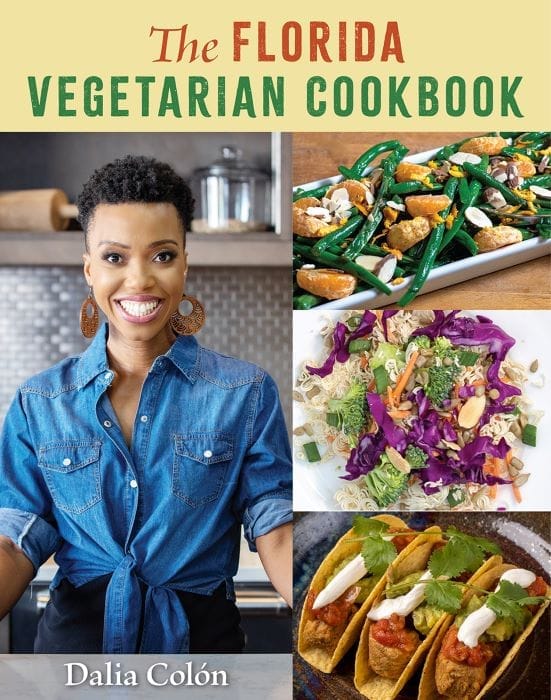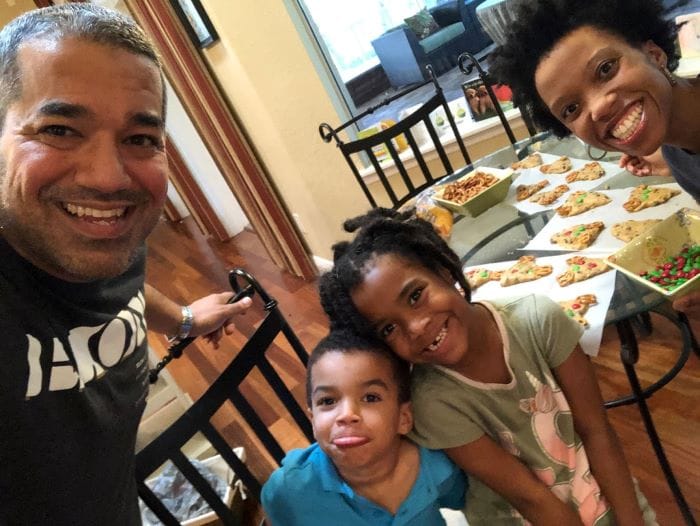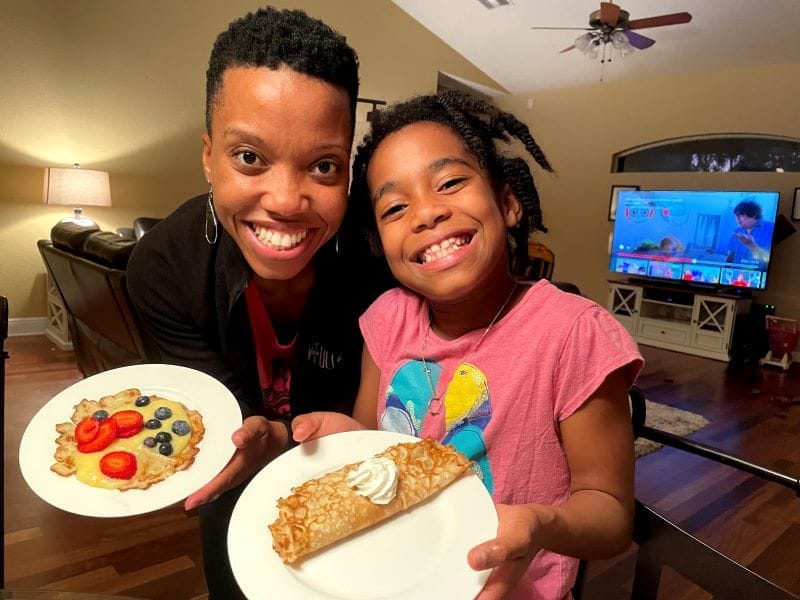8 Tips for Creating a Family Cookbook
This holiday season, the most cherished gift is one that can’t be bought in any store: a family cookbook.
“It’s a super-special thing to have,” says Janet Keeler, Eckerd College food journalism instructor and author of “Cookielicious: 150 Fabulous Recipes to Bake & Share.”

How to Make a Family Cookbook: Tips for Putting Together Your Own Family Recipe Collection
- Find your why: What is your goal? To compile recipes that anyone can replicate? To make a place to collect family memories? Or both? Knowing your “why” will help you home in on an approach.
- Start early: Writing a cookbook is no small task. (Trust me on this.) If you can’t pull it off in time for this year’s holiday gifts, then start strategizing for next year. Ask relatives to bring recipes and photos to this year’s holiday dinner.While everyone is gathered around the table, pull out your phone and record videos or voice memos as folks recall their fondest food memories. Use these stories in the recipes’ headnotes. The cookbook will make a great gift to distribute next holiday season, at an upcoming family reunion or anytime.
- Gather the recipes: Look through family recipe boxes, newspaper clippings and favorite cookbooks. Narrow them down to a few dozen favorites so you don’t feel overwhelmed. Organize the recipes by category, such as appetizers, main dishes and desserts.
- Work smarter, not harder: Use an online service like Shutterfly or Mixbook, which allow you to design the cookbook and print multiple copies at the touch of a button. And don’t go it alone. “It’s a good idea if you can enlist some help,” Keeler says, noting that kids and teens can be quite useful. “Somebody has to be in charge, though.”
- Tweak old recipes: Generations ago, cookbook authors assumed that readers had basic kitchen skills. But “Cook the casserole ‘til it’s done” won’t fly today.Test the recipes so your directions will be as precise as possible: “Bake the casserole at 400 degrees for 20 minutes or until golden brown.” Also, update any out-of-date ingredients. “Nobody cooks with margarine anymore,” Keeler notes.
- Be specific: The “handful of flour” and “scoop of butter” in Aunt Myrtle’s poundcake – how much is that, exactly? And what kind? If Aunt Myrtle is still living, then follow her around the kitchen as she makes the cake, so you can write down exact ingredients. Afterward, take a photo together with the finished cake. If she’s deceased, then enlist a few recipe testers to come to a consensus on the recipe.
- Include photos of hand-written recipes: A hand-written recipe is a cherished family heirloom, says Chef Judi Gallagher of Sarasota, author of the cookbook “Reflections & Recipes of Chef Judi.”She recalls stumbling across a recipe card that contained her late sister’s penmanship. “When I saw that with her handwriting after she had passed, it felt like a warm hug from her,” Gallagher says. “You see the food in the corner of the card, because they'd been using it so much and maybe touching it when they were cooking.”
- Go high-tech: To bring old family recipes into the 21st century, consider making a website. In addition to the recipes, it can contain videos of food demonstrations, relatives telling stories about their favorite dishes and space for family members to comment on the recipes.

Dalia Colón is the author of “The Florida Vegetarian Cookbook,” which is available at local retailers including Oxford Exchange, Tombolo Books, Black English Bookstore and more. It is also available online via University Press of Florida, Barnes and Noble, Target, Thriftbooks and other websites. It makes a great gift.
READ MORE:
Feature Image: Colón and her daughter, Norah, showing off homemade crepes | Photo Credit: Chip Weiner | Originally published in the December 2024 issue of Tampa Bay Parenting Magazine.


